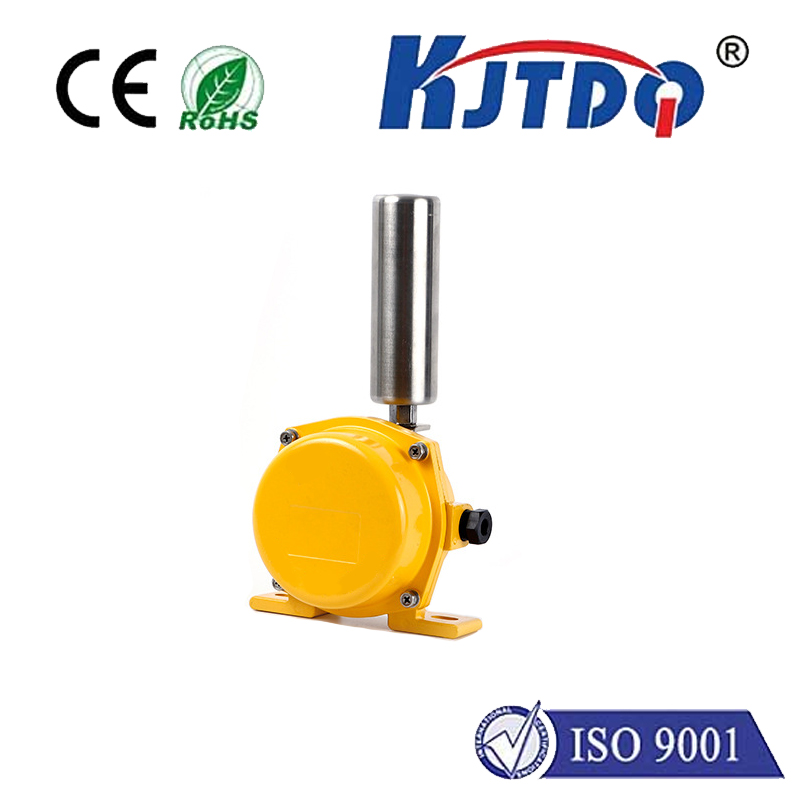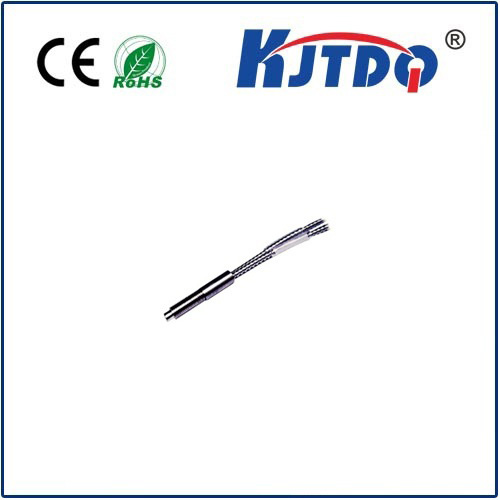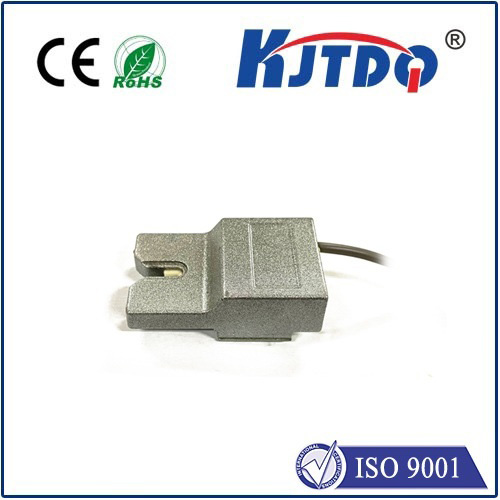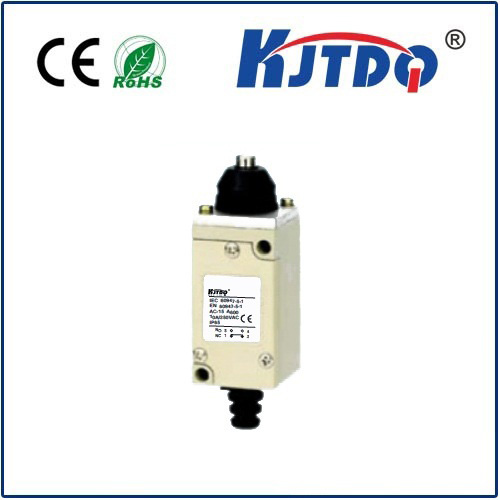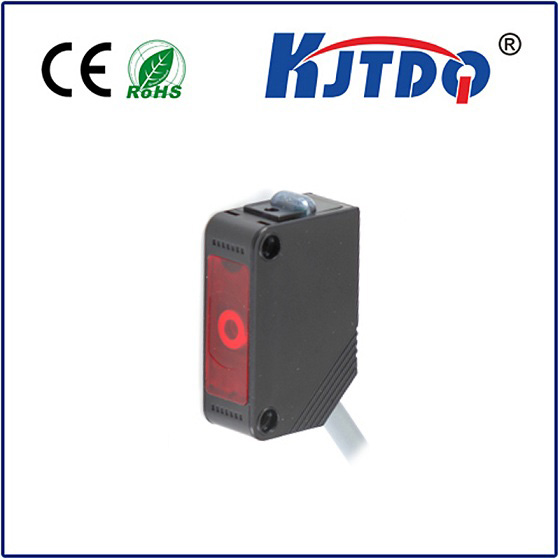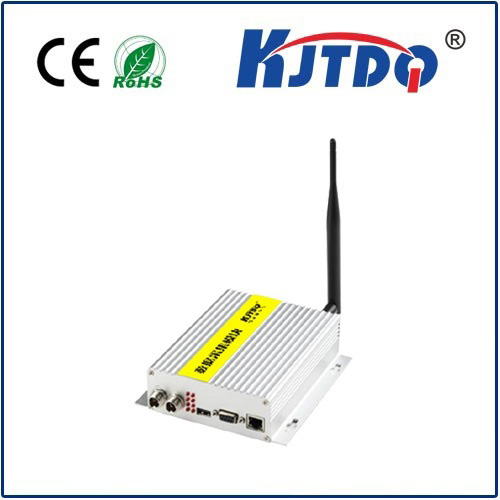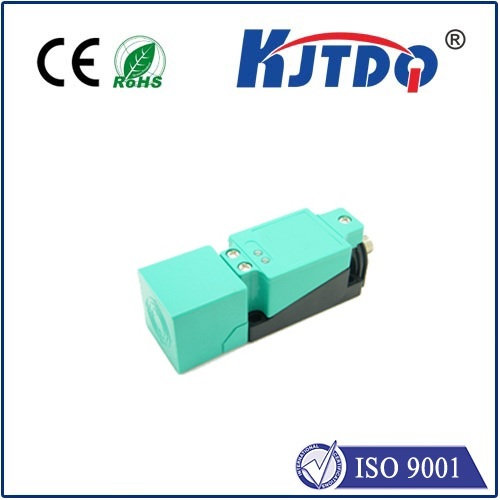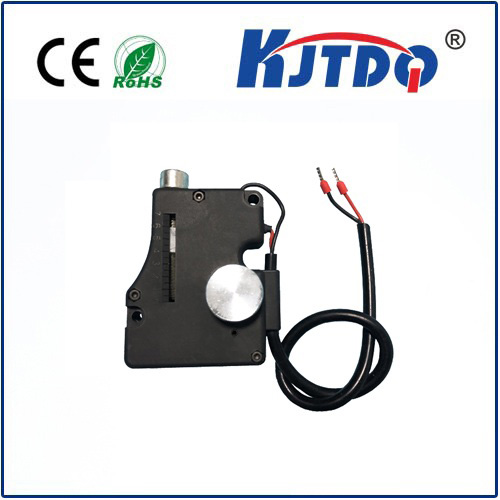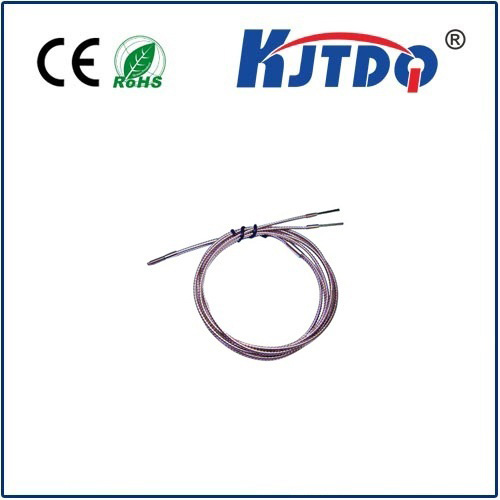
check

check

check

check
Introduction:
A PNP proximity sensor is an essential component for a wide range of electronics projects, from robotics and automotive to consumer devices and industrial automation. With so many different types and models available on the market, it can be overwhelming to find one that meets your specific needs while still staying within your budget. That's where this article comes in - we'll help you discover the best PNP proximity sensor prices without sacrificing quality or functionality.
Section 1: Understanding PNP Proximity Sensors
Before diving into specific models and prices, it's important to have a basic understanding of what PNP proximity sensors are and how they work. In simple terms, a PNP proximity sensor is a device that can detect the presence or absence of an object in its vicinity and send a signal indicating this information to a nearby microcontroller or other processing unit. This can be done using various techniques such as infrared, ultrasonic, or electromagnetic fields.
Section 2: Types of PNP Proximity Sensors
There are several different types of PNP proximity sensors available on the market, each with its own unique features and applications. Some popular options include:
* Basic PNP proximity sensors: These are the simplest type of sensor, typically used for basic tasks such as detecting the presence of a key fob or card reader. They often come with low price points but may not offer advanced features such as adjustable sensitivity levels or multiple trigger modes.
* High-accuracy PNP proximity sensors: For more demanding applications such as robotics or automotive, high-accuracy PNP proximity sensors are necessary to ensure reliable detection of objects in close proximity. These sensors often feature higher resolution sensors and more advanced software algorithms to achieve better accuracy and responsiveness.
* Versatile PNP proximity sensors: Some sensors can be used for multiple purposes, making them versatile and cost-effective. For example, some sensors can detect both magnetic and infrared signals, allowing them to be used for a variety of applications such as door access control systems or security cameras.
Section 3: Choosing the Right PNP Proximity Sensor for Your Needs
When selecting a PNP proximity sensor, it's important to consider factors such as price, accuracy, versatility, and compatibility with your existing hardware. To get started, here are some tips to help you make an informed decision:
* Research the different types of sensors available and their applications to determine which ones are most suitable for your project.
* Compare prices across different vendors to find the best deals without sacrificing quality. It's also important to consider shipping costs and any additional fees associated with returns or warranties.
* Read reviews from other users to gain insights into the performance and reliability of different sensors. This can help you avoid potential issues with compatibility or compatibility with your existing hardware.
* Make sure to choose a sensor that is compatible with your microcontroller or other processing unit, as well as any other accessories or components you may need for your project.
